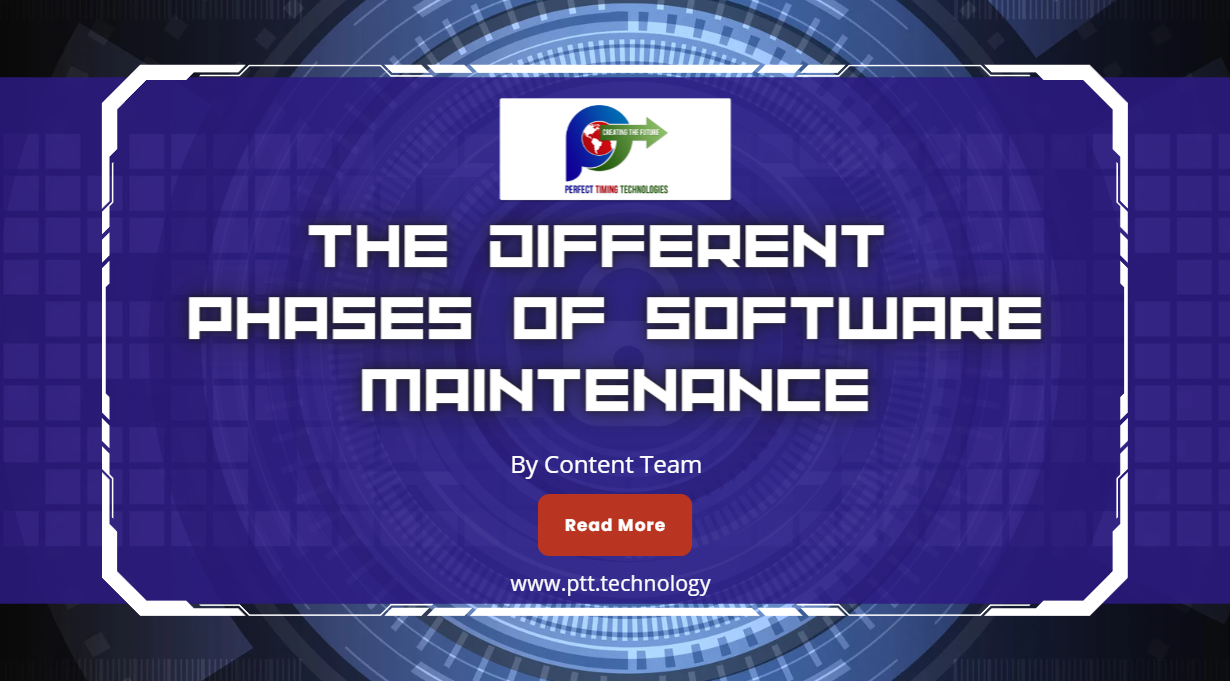
Software maintenance is an ongoing practice that involves optimization, error correction, discarding obsolete features, and enhancing existing features in software. Different phases constitute the software maintenance life cycle.
This article will briefly discuss the phases in the software maintenance life cycle.
So let’s begin!
Phase 1: Problem Identification
During this first phase, the IT team of an organization identifies the software modification requests and assigns numbers to each. The software developers then examine every modification request separately to determine which software maintenance is needed. Once the classification is made, every modification request is sequenced in a manner in which it will process.
Phase 2: Problem Analysis
This phase of problem analysis determines the scope and how feasible each validated software modification request is. In this phase, the software developers identify the possible changes needed to update the software. This phase involves validated modifications request, resource estimations, repository information, and project documentation.
Phase 3: Design
In this phase, the software developers build new modules to be replaced or modified as per the requirements. Test cases are created to address safety and security issues to validate and verify the systems. The design phase includes several processes like modification of software module documentation, revision of modification list, development of test cases for new modules, etc.
Phase 4: Implementation
During the implementation phase, the developers modify the code, add specifications, integrate new features, and the whole software is modified. This phase comprises design phase output, source code, system modification, and project documentation.
Phase 5: System Testing
During this phase, the development team carries out integration testing between new modules and computer systems. It ensures that the software is error-free after all the modifications made during the maintenance process. Once the regressive testing procedure is complete, developers test the whole software extensively. Lastly, the team produces test review reports and updated software documentation.
Phase 6: Acceptance Testing
In this phase, end users or third-party users perform testing on the fully integrated systems. The goal is to check whether or not the new software features fulfill the requirements in the modification request. The input attribute includes acceptance testing plans, procedures, cases, and a fully integrated system.
Phase 7: Delivery
Once acceptance testing is successfully done, the development team presents the updated software to the end users. Next, they give comprehensive documentation comprising manuals and help files containing the software’s operations and new specifications.
Final Thoughts
The development brings the software to life whereas maintenance sustains that life. Software maintenance is an integral part of the software development life cycle. Software maintenance improves the performance, data security, and resilience of applications.
While performing the software maintenance procedure, it is essential to consider scalability, feature enhancement, etc.
Join hands with our expert software developers and fulfill your software development and maintenance needs.







